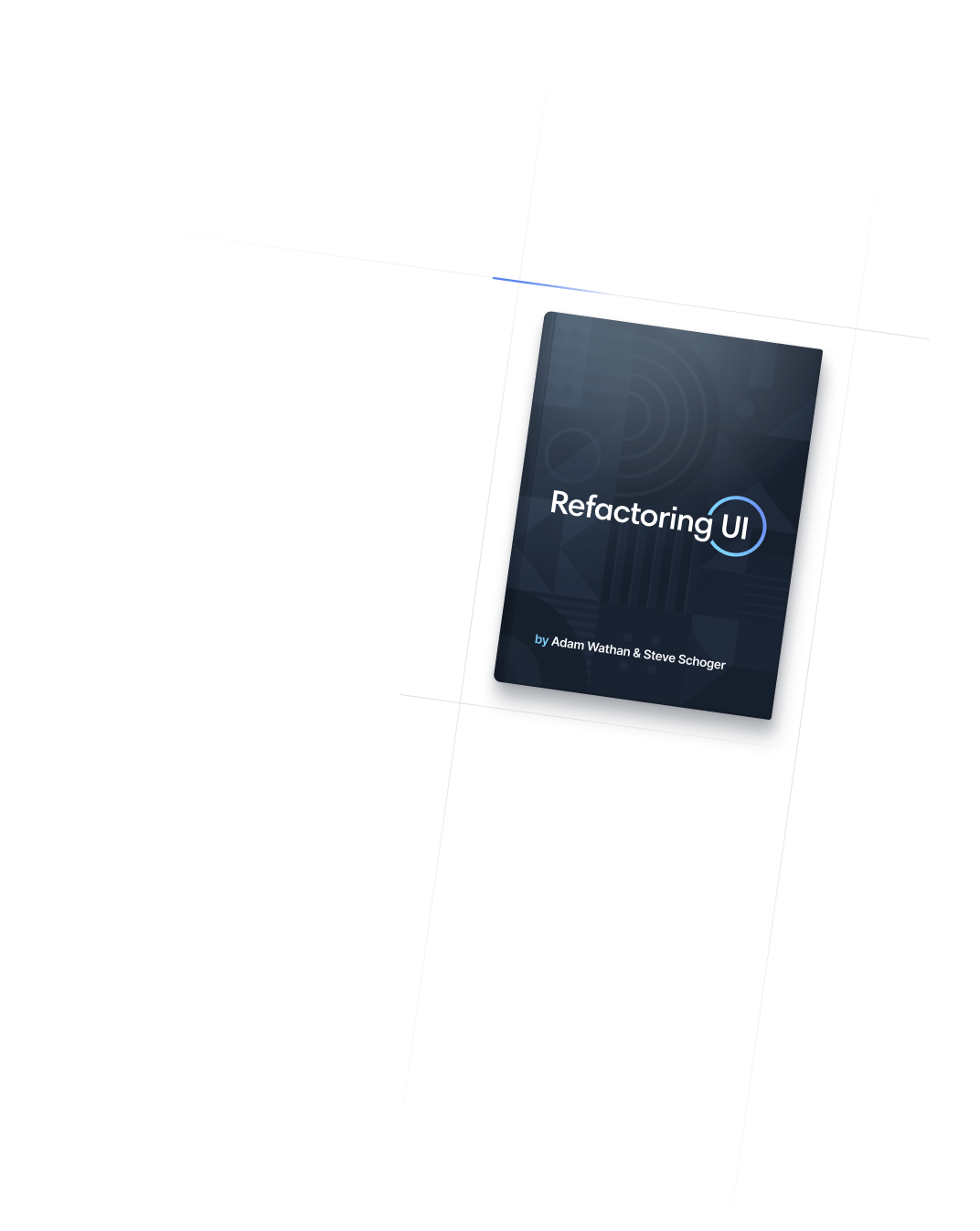
- Borders
- Ring Offset Width
Borders
Ring Offset Width
Utilities for simulating an offset when adding outline rings.
Basic usage
Setting the ring offset width
Use utilities like ring-offset-2 and ring-offset-4 to simulate an offset by adding solid white box-shadow and increasing the thickness of the accompanying outline ring to accommodate the offset.
ring-offset-0
ring-offset-2
ring-offset-4
<button class="... ring ring-pink-500 ring-offset-0">Button A</button>
<button class="... ring ring-pink-500 ring-offset-2">Button B</button>
<button class="... ring ring-pink-500 ring-offset-4">Button C</button>Changing the offset color
You can’t actually offset a box-shadow in CSS, so we have to fake it using a solid color shadow that matches the parent background color. We use white by default, but if you are adding a ring offset over a different background color, use the ring offset color utilities, like ring-offset-slate-50, to match the parent background color:
ring-offset-slate-50 dark:ring-offset-slate-900
<button class="ring ring-pink-500 ring-offset-2 ring-offset-slate-50 dark:ring-offset-slate-900 ...">
Save Changes
</button>For more information, see the ring offset color documentation.
Applying conditionally
Hover, focus, and other states
Tailwind lets you conditionally apply utility classes in different states using variant modifiers. For example, use hover:ring-offset-4 to only apply the ring-offset-4 utility on hover.
<button class="ring-2 ring-offset-2 hover:ring-offset-4">
<!-- ... -->
</button>
For a complete list of all available state modifiers, check out the Hover, Focus, & Other States documentation.
Breakpoints and media queries
You can also use variant modifiers to target media queries like responsive breakpoints, dark mode, prefers-reduced-motion, and more. For example, use md:ring-offset-4 to apply the ring-offset-4 utility at only medium screen sizes and above.
<button class="ring-2 ring-offset-2 md:ring-offset-4">
<!-- ... -->
</button>
To learn more, check out the documentation on Responsive Design, Dark Mode and other media query modifiers.
Using custom values
Customizing your theme
To customize which ring offset width utilities are generated, add your custom values under ringOffsetWidth key in the theme section of your tailwind.config.js file.
/** @type {import('tailwindcss').Config} */
module.exports = {
theme: {
extend: {
ringOffsetWidth: {
'3': '3px',
'6': '6px',
'10': '10px',
}
}
}
}Learn more about customizing the default theme in the theme customization documentation.
Arbitrary values
If you need to use a one-off ring-offset value that doesn’t make sense to include in your theme, use square brackets to generate a property on the fly using any arbitrary value.
<div class="ring-offset-[3px]">
<!-- ... -->
</div>
Learn more about arbitrary value support in the arbitrary values documentation.

